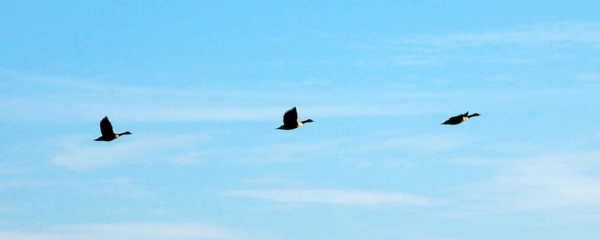Field Guides
How to Use a Field Guide
Many beginners think that the best way to use a field is while you’re in the field. The problem is that while you are looking at the field guide in the outdoors, you are NOT looking at the bird. The field guide is best used before and after going into the field. Before you go out look through the guide at the birds that you are likely to see. In the field observe and take notes. You can always identify it later. The more observations you make, the more likely you will be to identify it later. Observe size, bill, markings, behavior, and habitat. If possible, write them down while you are in the field. Then when home, look through the field guide, comparing your notes to possibilities. Don’t worry; no one identifies every bird.
Look through your field guide as much as possible; time spent here will significantly improve identification in the field. At the risk of sounding a little too candid, a great place to leave a field guide is by the toilet.
Which field guide should I use?
There is no best field guide. Each has its best points, and the best option is to use several of them. Several of them are listed below with links to additional information.
Peterson Field Guide to Eastern and Central Birds – This is the traditional field guide and nicely points out with arrows field marks to look for. Many consider this the best guide for a beginner.
Sibley Field Guide to Eastern Birds – This book has the best composite drawings, showing close-ups of the birds, male and female, adult and juvenile, and different sub-species.
Crossley Field Guides –There are several guides but check out the guide to Eastern Birds. The guide uses comprehensive photographs to show the many ways that the bird will appear in the field.
May we suggest purchasing these through your local independent bookseller or the MOS Amazon Smile account?

